What do Neapolitan gestures mean? How to distinguish them? visitnaples.eu
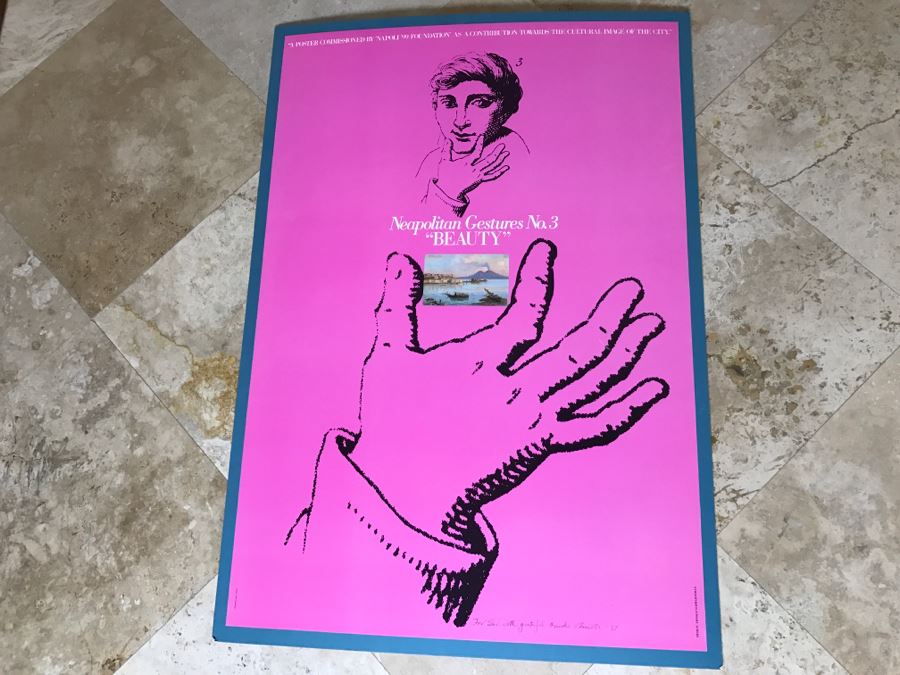
Hand Signed Arnold Schwartzman Poster Neapolitan Gestures No. 3 'BEAUTY' Personalized To Client
Neapolitan gestures are in fact very precise and codified, and a small mistake can completely change their meaning. Furthermore, each gesture has a specific sound, produced by the mouth or breathing, which contributes to making communication even more expressive.

The Fine Art of Italian Hand Gestures A Vintage Visual Dictionary by Bruno Munari nel 2020
Neapolitan Gesture essentials 0. By Booking_Naples on 07/27/2020 Napoli. This quick guide to Neapolitan gestures is the way to comprehend what people mean to say when they move their hands without saying something! Italian and Neapolitan gestures are known all over the world because they are so theatrical. But, there are also many.

What do Neapolitan gestures mean? How to distinguish them? visitnaples.eu
Examples of Neapolitan gestures The most famous Neapolitan gestures are gathered into a book called Comme te l'aggia dicere, in which the authors explain, through pictures and photos, the meaning of every single gestures, also translating them into different languages. For example: "STATT'ZITT!" (It: "Silenzio!"; Eng: "Shut up!"; Spa: "Silencio!").

The Neapolitan Gesture Artwork By Jeanbaptiste Greuze Oil Painting & Art Prints On Canvas For
Here the hands are held loosely in front of the body and shaken from the wrists. Optionally, the arms can be crossed. It means "enough," or "I've had it," or "gimme a break" and.

The Fine Art of Italian Hand Gestures A Vintage Visual Dictionary by Bruno Munari Brain Pickings
Andrea De Jorio (1769-1851) was an Italian antiquarian who is remembered today among ethnographers as the first ethnographer of body language, [1] in his work La mimica degli antichi investigata nel gestire napoletano, 1832 ("The mime of the Ancients investigated through Neapolitan gesture"). The work has been mined, refined and criticized.

Mike Lynch Cartoons Drawing Faces and Gestures
If someone extends an arm and taps their wrist repeatedly with their pointer finger, they're likely saying, "You're late" or "Hurry up!". To make this gesture: Hold out an arm and tap your extended wrist with the pointer finger of your other hand. What to say: " Sei in ritardo, eh! " ("You're late, you know!") 11.

Strictly for gentlemen who like anything but the norm.
Many Italian gestures derive from the Neapolitan tradition, which can be defined as the homeland of the language of gestures, even if they are now widespread across all regions of Italy. What is interesting is that some of them have such a complex meaning that they can replace not only single words but also entire sentences!

Handmade Neapolitan Pendants Editorial Image Image of neapolitan, hand 82922805
You can also check out Neapolitan-specific gestures on the Portanapoli webpage. Comedian Russell Peters remarks [note: language not appropriate for kids in the video] that "every word in Italian has a hand signal that goes with it.it's like [Italians] all used to be deaf at some point."
Neapolitan Hand Gestures by ISAIA
Legend has it that Wittgenstein was prompted to abandon his Tractatus 1 philosophy once and for all when his colleague and friend Piero Sraffa showed him a Neapolitan gesture. This single motion, so the story goes, was enough to explode the picture theory of the Tractatus.
Un petit lexique de la gestuelle italienne Francosourd
In short, ''What are you talking about?'' Fica, Mano in Fia (The 'fig' hand) Hand as a fist with the point of the thumb interposed between the middle finger and the index finger so that it sticks.
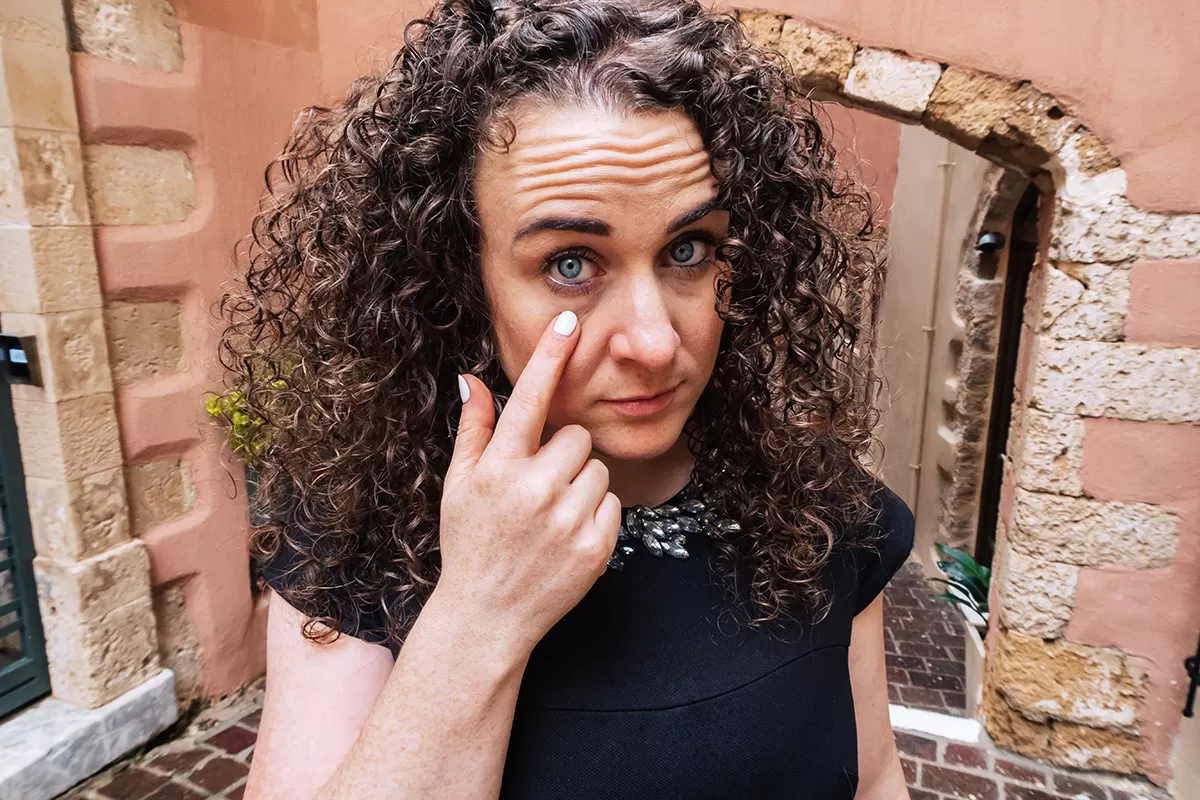
17 MustKnow Italian Hand Gestures The Ultimate Guide 🤌 The Intrepid Guide
Neapolitans talking with hands and their body language were a well-established topos in foreigners' descriptions, providing also subject matter for the locally produced bambocciate, picturesque souvenir paintings that sold well to tourists.

Strictly for gentlemen who like anything but the norm.
Every few years, another locally published, small-press book comes out about Neapolitan hand gestures. These gestures are a bit of local culture that charms the rest of the world; after all, everyone knows that "Italians talk with their hands." (That, of course, is wrong; southern Italians talk with their hands. Northern Italians, by comparison.
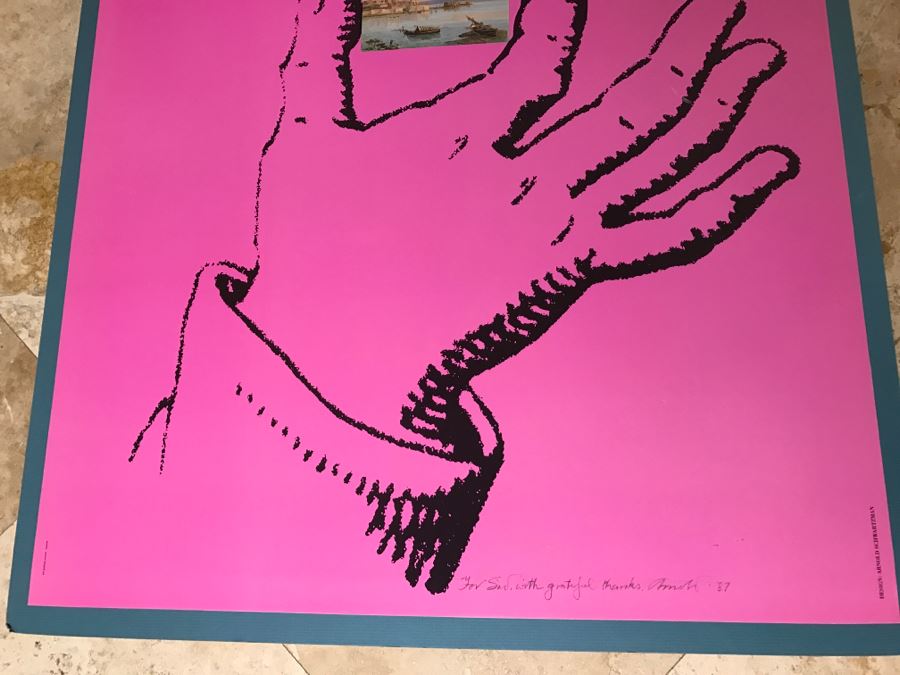
Hand Signed Arnold Schwartzman Poster Neapolitan Gestures No. 3 'BEAUTY' Personalized To Client
"You are a fool, a booby!" The lower arm is in vertical and well visible position, whereby the hand turns around the axle of the arm. This gesture is turned to persons, who are regarded as simpleton and booby. Ma chi t'ha fatto fa'? Why did you do it? S'hanno accucchiate! Coming soon Amici per la pelle Best friends. ← Car driving in Naples!
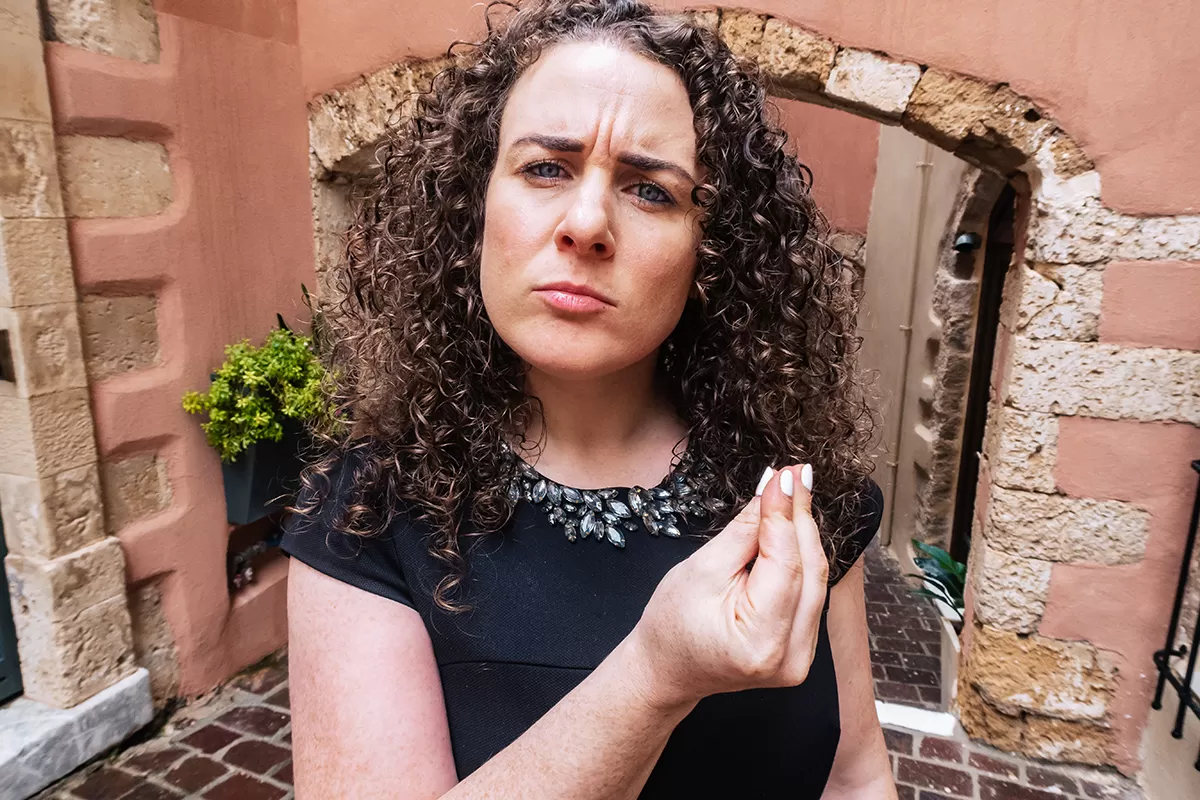
17 MustKnow Italian Hand Gestures The Ultimate Guide 🤌 The Intrepid Guide
Here are 17 of the most common Italian hand gestures Italians use every day including; what they mean, when to use them, and most importantly, how to do them! Non-offensive gestures Hand Gesture No. 1. This is perhaps the most classical and well-known among Italian gestures. Although it is widely used among Italians and fits in a.
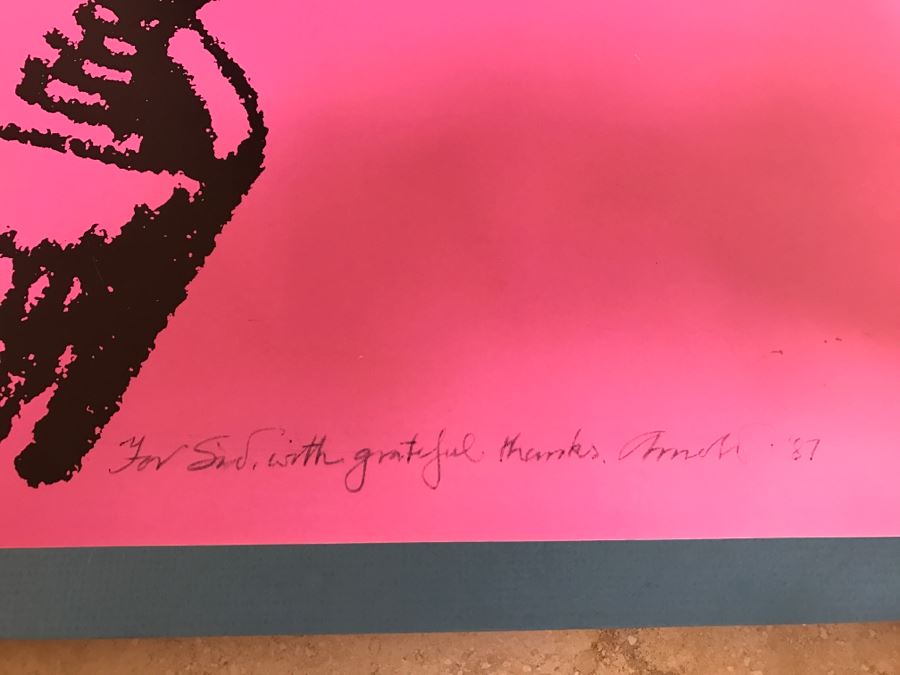
Hand Signed Arnold Schwartzman Poster Neapolitan Gestures No. 3 'BEAUTY' Personalized To Client
The following is an article from The Annals of Improbable Research, now in all-pdf form. Get a subscription now for only $25 a year!by Stephen Drew, Improbable Research staffItalian hand gestures fascinate scholars, who labor to classify the gestures and grasp their meanings.Andrea de Jorio's Handy ClassicDetail from de Jorio's book. A typical scene of a boy and an adult woman communicating.
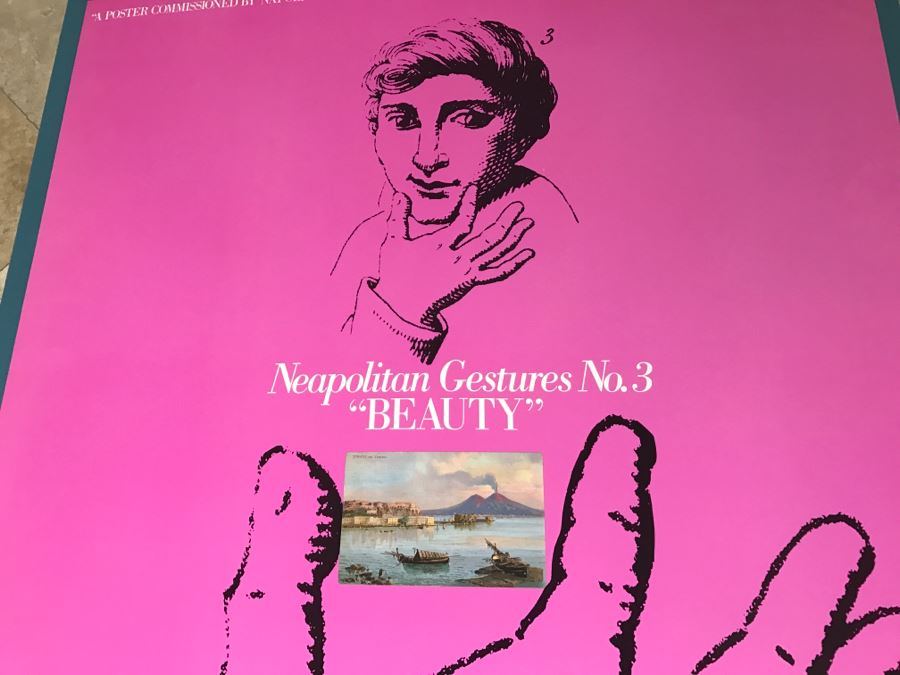
Hand Signed Arnold Schwartzman Poster Neapolitan Gestures No. 3 'BEAUTY' Personalized To Client
Gesticulation in Italian Hand gestures are used in regions of Italy and in the Italian language as a form of nonverbal communication and expression. The gestures within the Italian lexicon are dominated by movements of the hands and fingers, but may also include movements of facial features such as eyebrows and the mouth. [1]